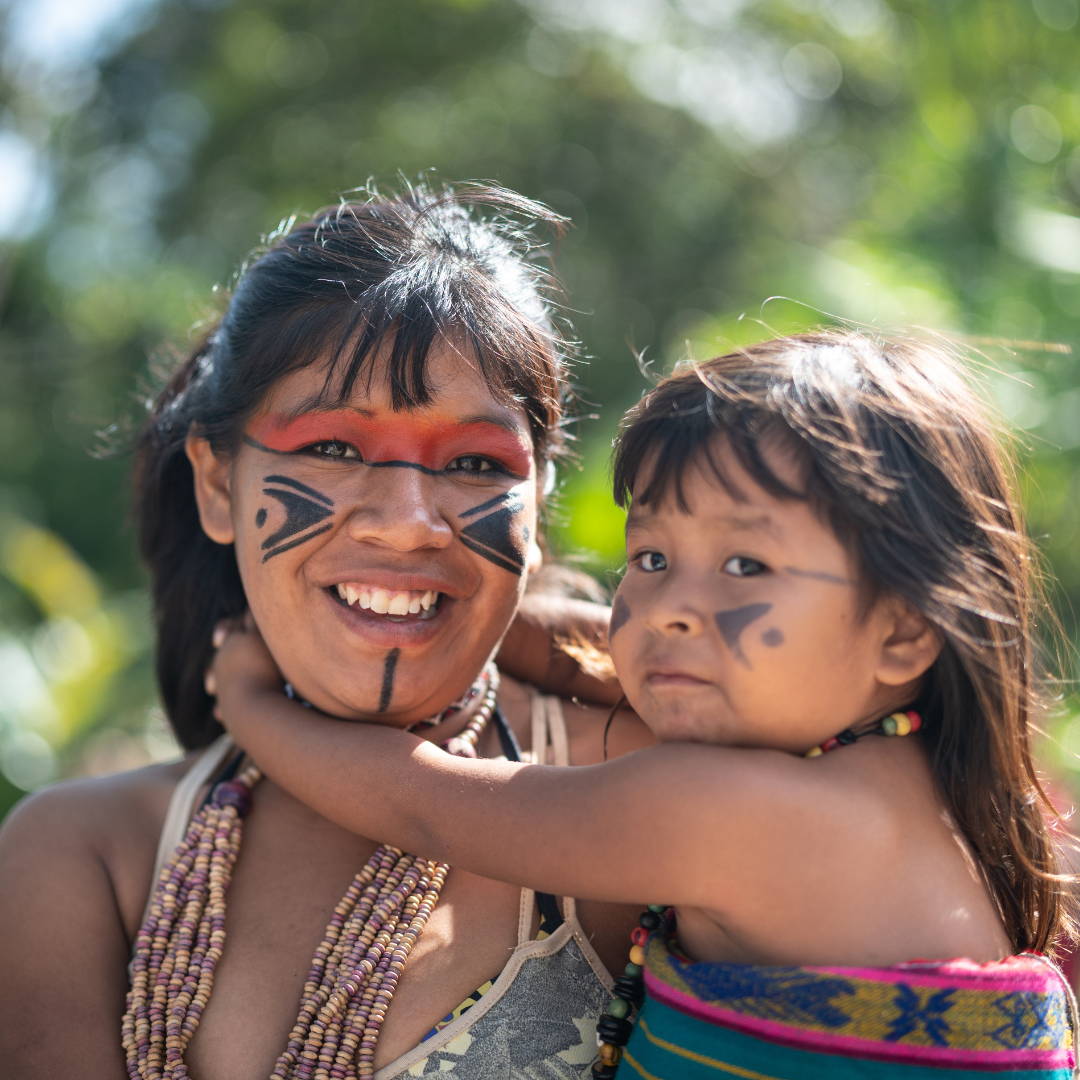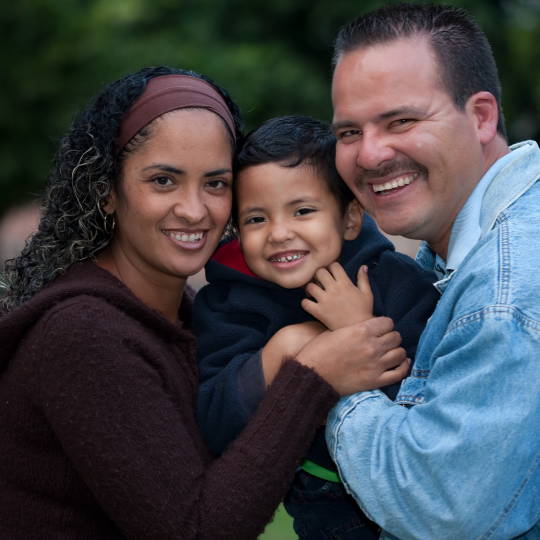No Products in the Cart

While breastfeeding rates in the United States have increased over the past decade, racial and ethnic health disparities continue. Health disparities are differences in the health of one group of people compared to the health of other groups of people according to March of Dimes.
Support, education and resources are all an integral part of a positive chest/breastfeeding experience. These things are not easily accessible as healthcare is not always equitable, especially when it comes to maternal and infant care. We at Healthy Horizons continue to work toward equitable lactation care, and have compiled resources, communities and educators focused on celebrating and working with Black, Hispanic/Latinx, Indigenous, and Asian American/Native Hawaiian/Pacific Islander (AANHPI) lactating parents and their families.


The lowest chest/breastfeeding rates in the United States are from Black lactating parents. A new generation of mothers want to change that. In the United States, Black women have the lowest breastfeeding rates of any racial or ethnic group at 69.4%, according to the Centers for Disease Control and Prevention (CDC). On average, Black women also breastfeed for the shortest period of time, compared to other racial and ethnic groups.
A study from the CDC released in 2019, found that hospitals serving larger Black populations are less likely to offer lactation support following delivery. The CDC also found that Black mothers are more likely to receive in-hospital formula than white mothers.



Breastfeeding has always been a traditional practice in Native communities. We want to continue to strengthen and encourage the traditional practice of breastfeeding to improve the lives of lactating people, babies, and families for generations to come according to Family and Child Education.
Statistically, Native lactating parents and babies represent one of the lowest exclusive breastfeeding rates at six months of age (as recommended by the American Academy of Pediatrics) of any race or ethnicity in the nation. While more research on Native American breastfeeding trends is needed, a recent study from the Centers for Disease Control and Prevention (CDC) found that Native American babies are breastfed at lower rates than other babies in the United States. In fact, while 84.1% of all babies in this country are breastfed at some point in their lives, only 78.4% of Native Americans (including American Indians, Alaska Natives and Native Hawaiians) are ever breastfed. However, Native American parents who were still breastfeeding their babies after 6 months were more likely to continue breastfeeding for at least 12 months according to March of Dimes.
Indigenous Milk Medicine Week
Previously known as Native Breastfeeding Week, Indigenous Milk Medicine Week (IMMW) is celebrated the second week of August, which is National Breastfeeding Month. The celebration seeks to honor the diversity of Native breastfeeding experiences, increase support and resources, promote healing and wellness, and provide stories and knowledge regarding Native breastfeeding.
The week-long observance is a joint effort among Indigenous breastfeeding counselors, breastfeeding advocates, community health nurses, lactation consultants, health care providers involved in the birthing process and breastfeeding mothers.
Below are resources and educators focused on celebrating and working with Indigenous lactating parents and their families.



According to the US Breastfeeding Counsel, over 50 million Latinx live in the United States, and it is estimated that by 2050, one in three of the U.S. population will be Latinx. Almost a quarter of all births in the US are to Latinx parents. While 80% of Latinx in the United States initiate breastfeeding indicating an intent to breastfeed. Unfortunately, only 16% can meet the national guidelines of six months exclusive breastfeeding (recommended by AAP and WHO) suggesting that systematic barriers exist and contribute to breastfeeding rates that fall below the national average.
Healthy Horizons is dedicated to honoring the rich culture of Latinx/Hispanic Americans in raising awareness of health disparities in the lactation community. Below are resources and educators focused on celebrating and working with Latinx/Hispanic lactating parents and their families.



Have you ever considered how your family patterns and cultural expectations affect a new parent's decision to chest/breastfeed? That's why the Asian Breastfeeding Task Force of Greater Los Angeles was formed, which later became Asian Pacific Islander Breastfeeding Task Force, or API Breastfeeding Task Force (or APIBTF).
The Task Force set several goals and initiated the Asian American Native Hawaiian and Pacific Islander (AANHPI) Breastfeeding Week, links to both the events and community can be found below. Asian, Native Hawaiian and Pacific Americans (AANHPI) make up more than 7% of the U.S. population. Healthy Horizons is dedicated to honoring the rich culture of Asians Americans, Native Hawaiians and Pacific Islanders in raising awareness of health disparities in the lactation community.
Below are resources and educators focused on celebrating and working with AANHPI lactating parents and their families.


